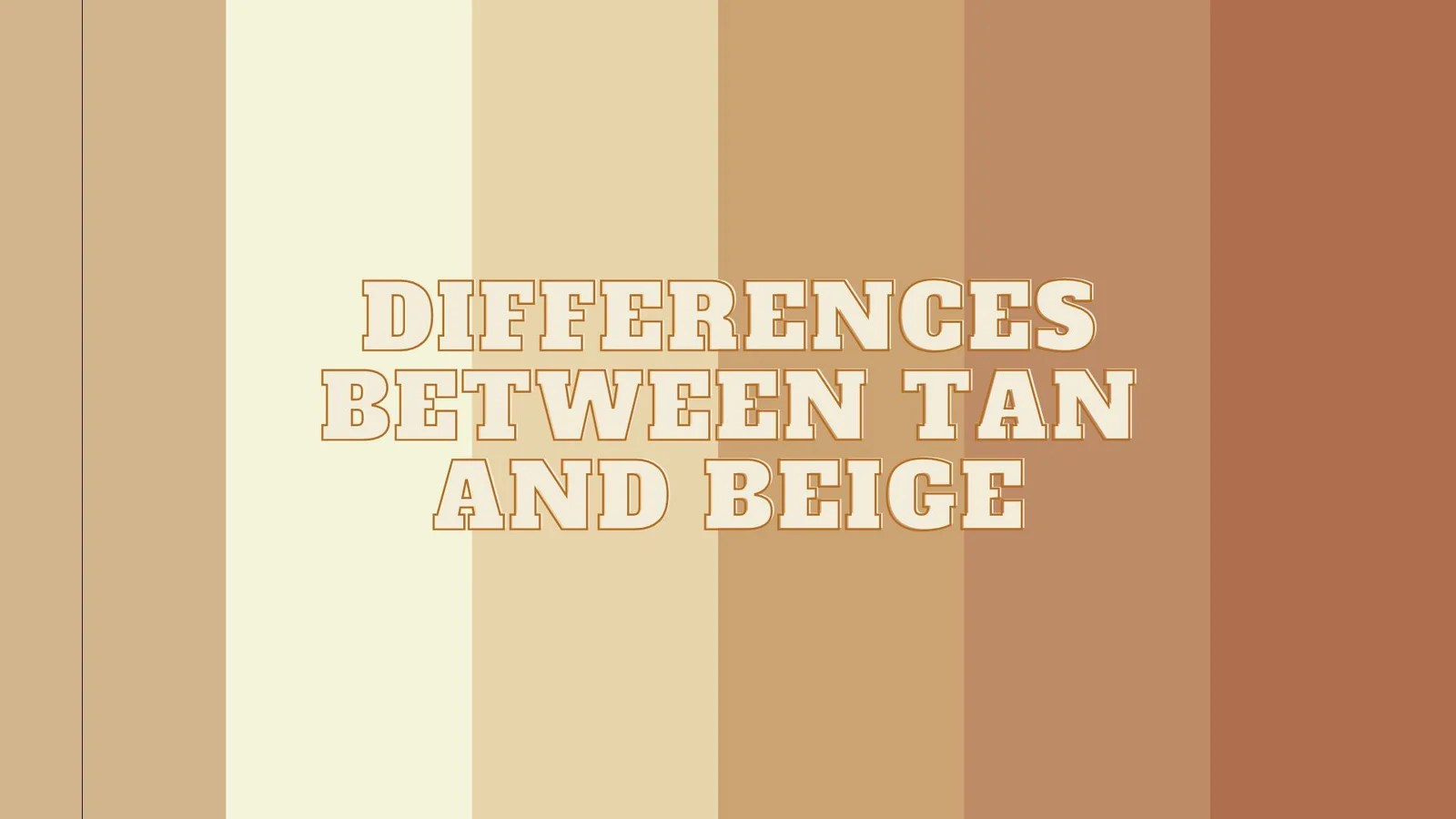Picking the perfect neutral can feel overwhelming. Are you team beige or team tan? While they might seem interchangeable, these hues possess distinct personalities that can dramatically impact your design choices. This guide unveils the subtle nuances of beige vs. tan, empowering you to confidently incorporate these versatile colors into your home and wardrobe. [https://www.wavesold.com/awkward-space-under-window] [https://www.wavesold.com/basket-for-blankets]
Understanding the Undertones
Undertones are key: they’re the subtle hints of color whispering beneath the surface. Beige whispers cool gray, while tan embraces warm yellow and brown, setting the stage for distinct moods. Think of it like this: beige is a misty morning, cool and serene, while tan is sun-baked sand, warm and inviting. This seemingly small difference dramatically impacts the overall feel of each color.
Visualizing the Difference
| Color | Undertones | Mood | Visual Examples |
|---|---|---|---|
| Beige | Cool Gray, Pale Khaki | Calm, Sophisticated, Serene | Fog, Seashells, Pearls |
| Tan | Warm Yellow, Brown, Sand | Welcoming, Earthy, Cozy | Sand Dunes, Leather, Honey |
Defining Beige and Tan
Beige, often described as a pale, sandy hue, results from mixing white with subtle hints of yellow, orange, or – most importantly – gray. It’s the go-to color for creating a minimalist, airy atmosphere. Tan, however, emerges from a blend of yellow and brown, sometimes with a touch of gray. Think of it as a deeper, richer version of beige. It exudes warmth, bringing a touch of the outdoors in.
Origins and History
Historically, beige has been associated with understated elegance and minimalist design. Its neutrality makes it a timeless choice. Tan, with its connection to natural elements, often finds its place in rustic and traditional settings, offering a sense of comfort and familiarity.
Using Beige and Tan in Design
Interior Design Inspiration
In interior design, beige’s cool undertones work wonders in creating a sense of spaciousness and tranquility. Imagine pairing beige walls with crisp white trim and cool gray accents for a sophisticated aesthetic. Tan, with its warm embrace, instantly makes a room feel cozy and inviting. Picture tan walls complemented by natural wood furniture and woven textures for a relaxed atmosphere.
Fashion Forward with Neutrals
Just as in interior design, beige and tan play distinct roles in fashion. Beige exudes effortless elegance. A classic beige trench coat or a soft beige cashmere sweater are timeless wardrobe staples. Tan, with its touch of warmth, brings a sense of casual sophistication. A tan linen shirt or a flowy tan skirt create relaxed yet stylish looks.
Beyond Beige and Tan: Expanding the Neutral Palette
The neutral spectrum extends beyond just beige and tan. Greige, the trendy hybrid of gray and beige, combines the coolness of gray with the warmth of beige, creating a sophisticated and versatile neutral perfect for modern interiors.
The Psychology of Color
Some studies suggest that beige can evoke feelings of tranquility and order, while tan promotes warmth and connection. This is an area of ongoing research, and our understanding of color psychology continues to evolve.
Regional and Cultural Influences
Regional preferences also influence color choices. Warm tans frequently appear in Mediterranean homes, while cool beiges and grays are common in Scandinavian design. These choices often reflect the surrounding environment and cultural aesthetics.
Texture and Material Considerations
Even the texture of a fabric changes how we perceive these colors. A chunky, cable-knit tan sweater feels cozy, while a smooth, silk beige blouse evokes elegance. The interplay of color and texture adds another layer of complexity to design.
Evolving Trends
New shades of beige and tan constantly emerge. From warm taupes to cool, dusty rose-infused beiges, the possibilities are endless. The beauty of these versatile neutrals lies in their adaptability and enduring appeal.
Conclusion: Mastering Your Neutrals
Beige and tan, while seemingly similar, offer distinct design possibilities. By understanding their undertones and how they interact with light, texture, and other design elements, you can confidently choose the perfect shade for any project. Whether you’re creating a serene living room or a stylish outfit, beige and tan provide a timeless foundation for your creative vision.
Is beige the same as tan?
No, beige and tan are not the same, although they are often confused. The key differentiator is their undertones. Beige leans towards cool undertones, often gray, giving it a lighter, airier feel. Tan, conversely, boasts warm, brown undertones, creating a richer, earthier impression. This subtle distinction significantly impacts how these colors appear and the mood they create.
Is beige darker than tan?
Generally, beige is lighter than tan. While both fall under the “neutral” umbrella, their undertones create a visual difference in depth. Beige’s cool gray undertones contribute to its lighter appearance, while tan’s warm brown undertones make it appear deeper and richer.
What is Sherwin Williams’ most popular neutral color?
Sherwin Williams’ most popular neutral is Accessible Beige. Its balanced undertones make it incredibly versatile, working well in various lighting conditions and with a wide range of design styles. It’s the go-to choice for a fresh, modern look that avoids appearing dull or dated. Other popular Sherwin Williams neutrals include warmer options like Kilim Beige, Nomadic Desert, and Latte, as well as cooler choices like Balanced Beige and Light French Gray. Remember, choosing the right neutral depends on your personal preference and the specific space you’re decorating. Testing paint samples in your own environment is always recommended.
- Dora the Explorer Wipe-Off Fun: Safe & Mess-Free Activities for Little Explorers - April 18, 2025
- Does Lemongrass Repel Mosquitoes? Fact vs. Fiction + How to Use It - April 18, 2025
- Do Woodchucks Climb Trees?Fact vs. Fiction - April 18, 2025










